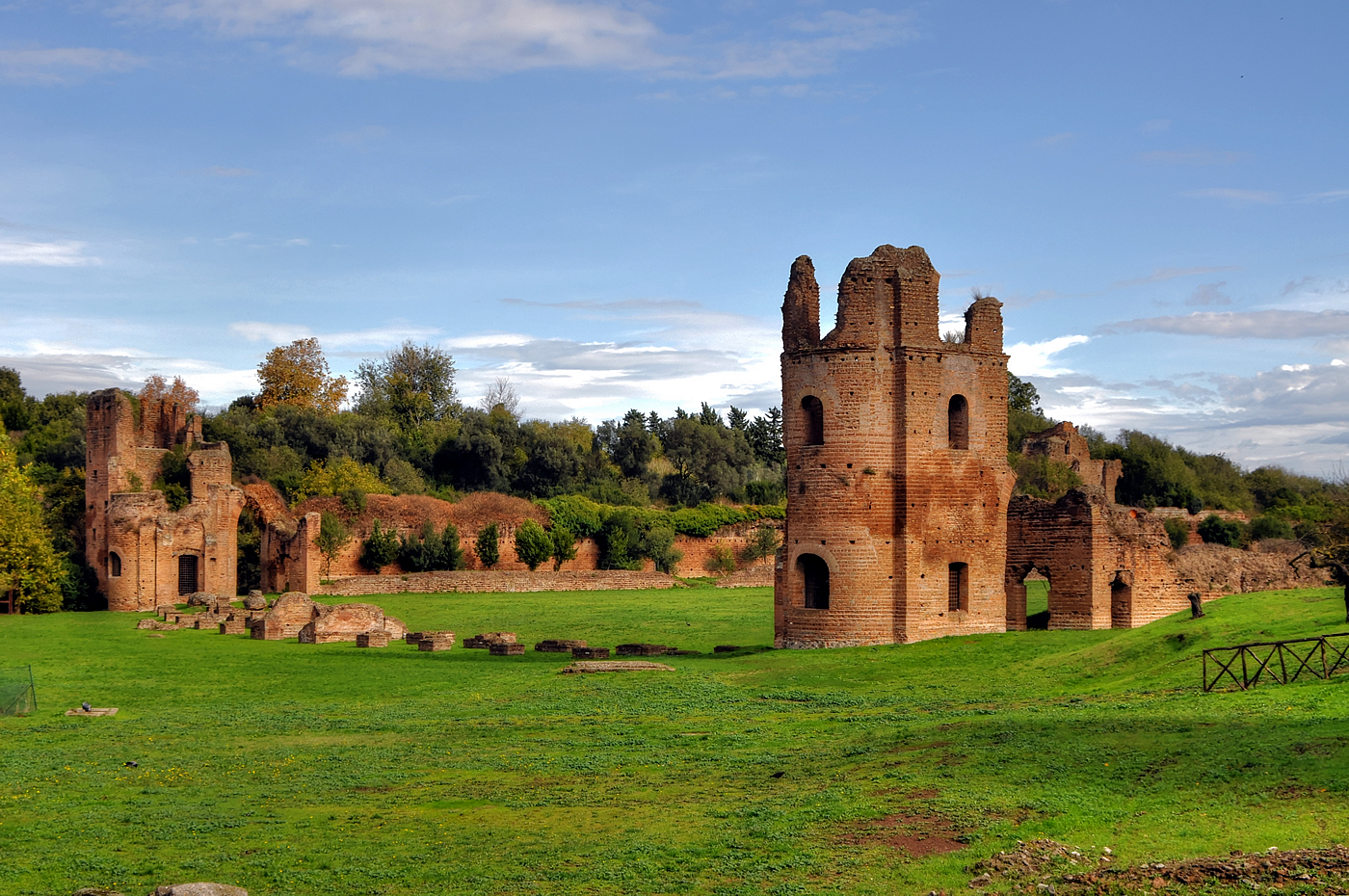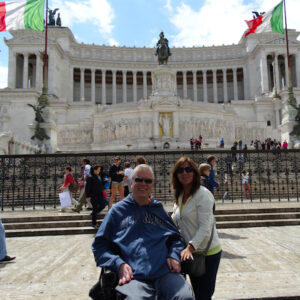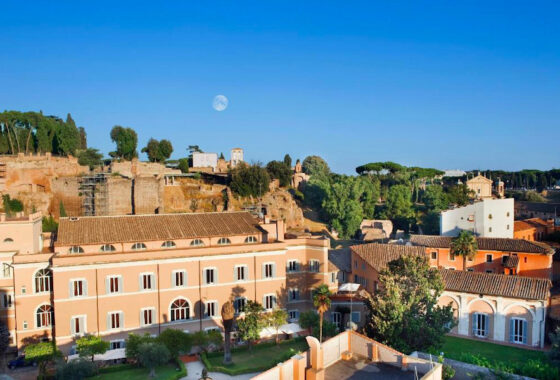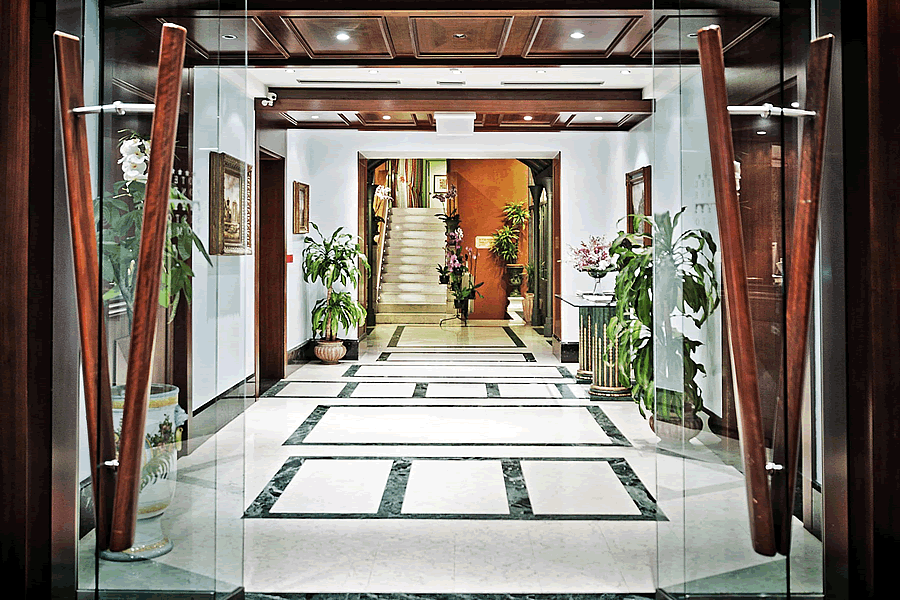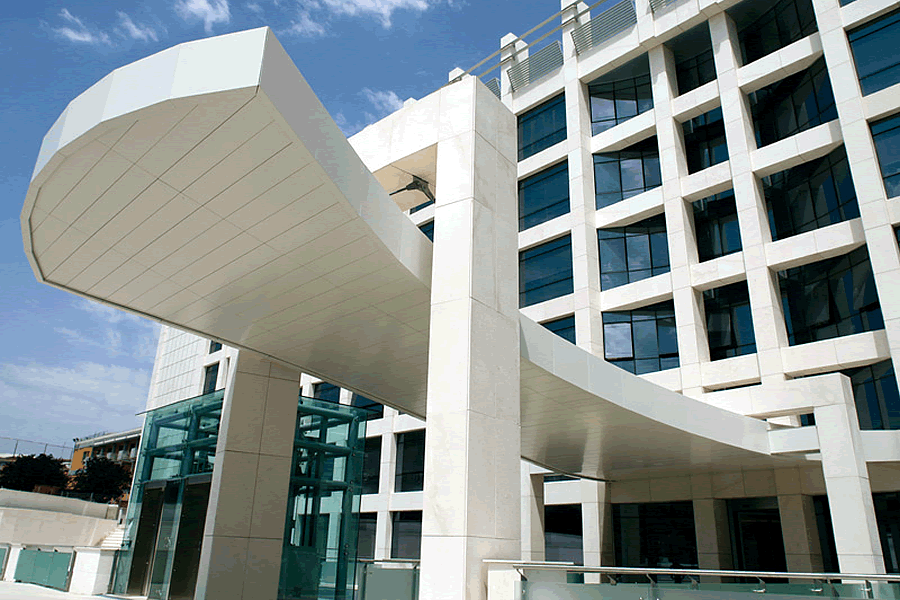Villa of Maxentius disabled Rome accessible tours.
Home > Rome Accessible Tours > Villa of Maxentius Accessible Tours
Villa of Maxentius wheelchair accessible tours
Between the second and third mile of the Appian Way it extends one of the most beautiful archaeological areas of the Roman countryside.
The villa of Emperor Maxentius, the Constantine's opponent in the battle of the Ponte Milvio in 312 AD.
The archaeological complex consists of three main buildings: the Palace, a Circus and a Dynastic Mausoleum.
The three buildings were built complying with the natural topography of the area to avoid at most major excavation work.
With the advent of religious peace it is likely that Maxentian buildings had been given by Constantine to the Church of Rome.
In the following centuries the estate was repeatedly split between different subjects.
The early XIX century, the circus area or was acquired by the Torlonia family and attached to the vast estate of Caffarella.
Don Giovanni Torlonia in 1825 by the archaeologist Antonio Nibby, he gave the start to the systematic excavations of Maxentian complex.
The Palace
The remains of Maxentian buildings constitute the last act of the transformation of an original Republican rustic villa.
After a period dating back to the first empire in the II century AC the villa underwent a radical transformation by of Herodes Atticus.
The Circus
The most famous monument of the whole complex is the Circus, the only Roman circuses still well preserved in all its architectural components.
It is spread from East to West along the gentle slope of a small valley flanked by two hills, Borth and South, on which they have settled, respectively, the Imperial Palace and the tomb of Cecilia Metella.
In the South-West side rise the two towers at the end of Carceres.
The main entrance, the Triumphalis door opens to the East, on the curved side of the monument; other two inputs are between the Towers and the beginning of the long sides of the Circus.
On the North side opens the Pulvinar, the Emperor stage, connected to the palace by a long Cryptoporticus, on the South side are the remains of the buildings related to the forum of judges, the Tribunal Iudicum.
The Circus ring divided by 296 meters long thorn, was decorated with tubs of water and sculptures.
The center of this stood the granite obelisk that Pope Innocent X, in 1650, he transported to Piazza Navona to decorate the Fontana dei Fiumi by Bernini.
The Dynastic Mausoleum
The dynastic mausoleum lines up on the Via Appia as the oldest tombs was a round building.
Today the building remains only the cylindrical mass of the elevation of the crypt; instead of the porch stands an XVIII century farmhouse.

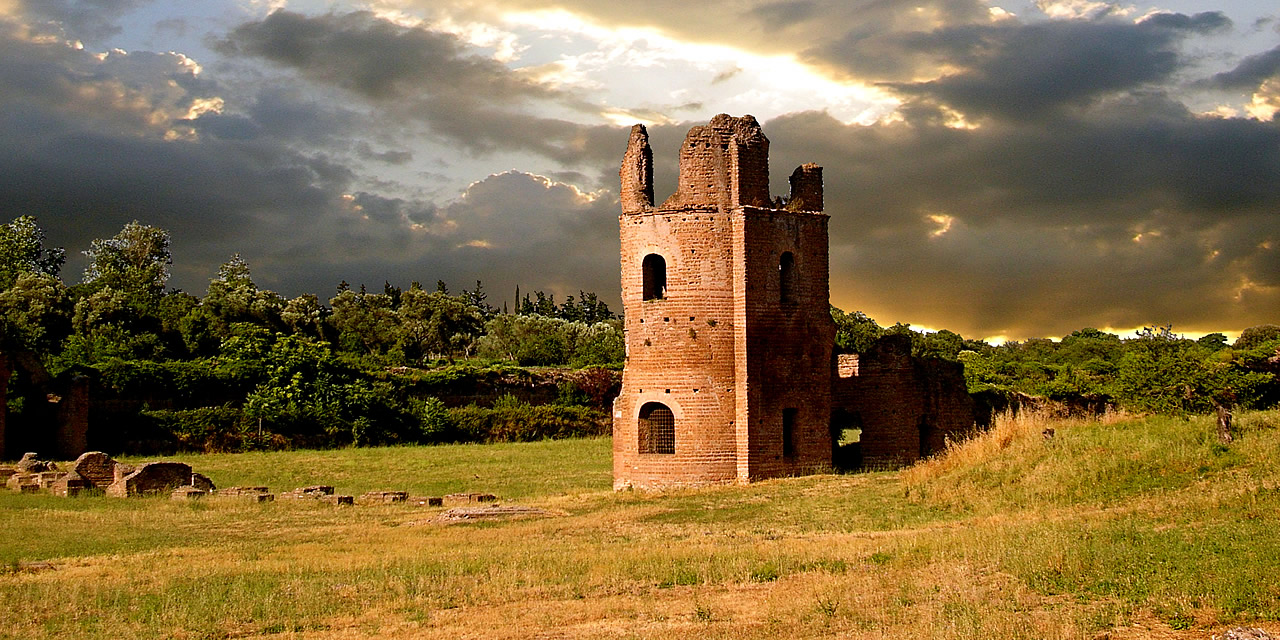

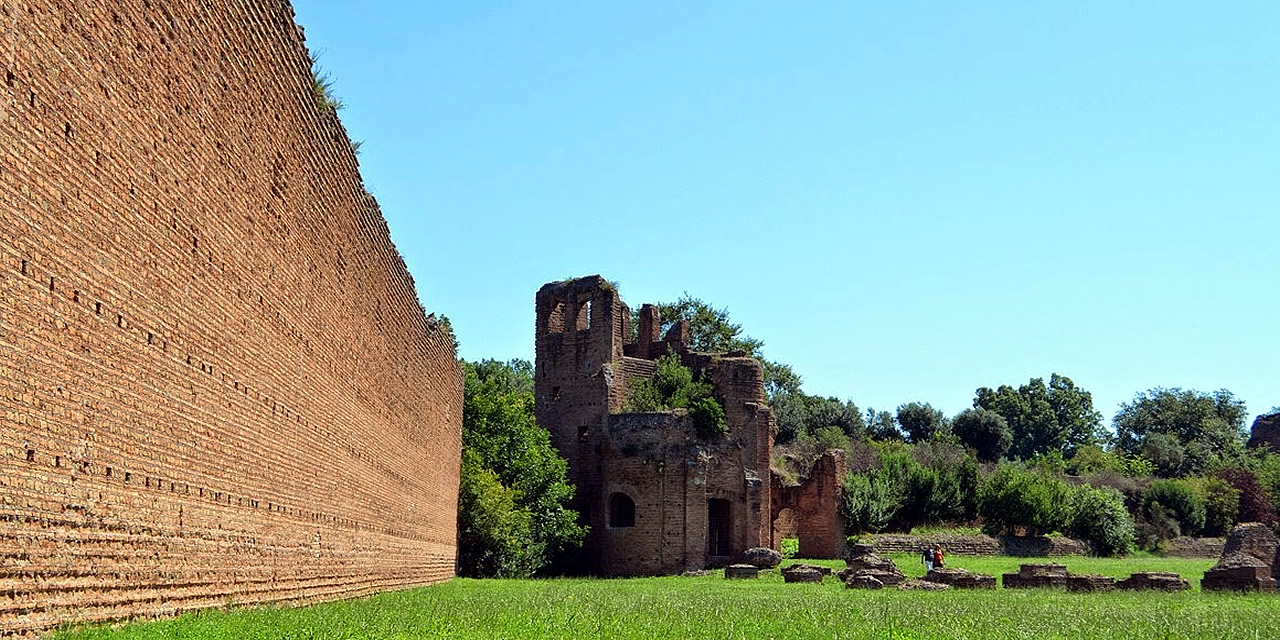
Currently, you can visit, the Circus and the Mausoleum.
The future accommodation of this extraordinary complex, will include itineraries that take into account trim of the original monumental structures.
Booking & Travel
Villa of Maxentius wheelchair accessible tours unmissable visit at it with our Rome Accessible Tours specifically tailored to wheelchair users, reduced mobility persons and disabled with an adapted transport.
Rome Wheelchair Accessible Hotels Free Barrier
Rome Wheelchair Accessible Adapted Services

